Submitted Review
‘…techniques of furniture creation are deployed in concert with experimental prose.’
Patrick Hall 'Made of Broken Pieces'
Patrick Hall is one of those artists who is probably best understood as a genre all of his own. His work flits between disciplines in a way that is near chaotic: meticulous techniques of furniture creation are deployed in concert with experimental prose. There are truly weird sculptural installations that seem as if the artist has done something like capture errant poltergeists and revenants in bottles using some form of arcane hexing, allowing the incarcerated spirits to whisper hypnotic narratives of secret desperation to anyone game enough to listen. There does seem to be a nebulous, bubbling narrative thread all through Hall’s work – if you inspect it closely, there are definite written remnants adorning many works.
What is Hall doing?
It’s hard to know, because he works in fragments, although in a direct contradiction to that observation, none of his actual works are incomplete – in fact, far from it. Be it an image or an object, or some confusing creation that hovers between both states, implying both and yet being neither, each individual item is entire – it’s simply that Hall’s aesthetic is so powerful they all seem to be part of a greater whole. This is all spelled out by the show’s title, of course, but it’s no idle labelling: there’s a big, weird, narrative to grasp here. It’s as if you crawl into a dusty attic, filled with the detritus of an ancient family line, possible one that had some shady dealings with something sinister, possibly supernatural.
It might be. It also might another kind of haunting, one described by another angle of inquiry more grounded in the real.
We could find it creepy, and it is, but Hall is a hybrid creative force and simply will not fit into one easy basket – it’s not just a fairground confection of haunted attic of stories and creaking dreams. In the end, as attractive and engaging as such an understanding is, this is reductive. Hall is after something bigger, and realer. Hall has drizzled much research through the work – there are many references to incidences of mid-century history, some pertaining to Hall’s personal narrative, some derived from research and investigation. There’s a sense of relationship between these factual scraps, but nothing solidly cohesive – which is somewhat like a human life, perhaps.
Hall reaches into our understanding and interpretation of evidence and how we allow this to form our understandings. He examines the story of the Archaeopteryx – one of the most famous fossils known to science. This ancient creature had feathers and much has been extrapolated from that simple observable fact – but the reality is all is extrapolation. We look at the evidence. We’re human and we look for patterns, we fill in gaps, and we make meanings – but how true they are we can never know, and everything exists within such frameworks with a frail precarity.
Hall could be understood here to describing how we create memory – our lives are collections of incidents that profoundly affect us and shape who we are, yet there’s no organised, neat thread – instead, the work of solving the complex puzzle we stumble through is left to us to find sense in. There might be none, but maybe we can make one if we work hard enough.
AH
Andrew Harper
Header: Installation featuring Made Of Broken Pieces
Back (l to r) If they should accidentally fall; the eye of the needle; fade series.
Image 1: Made of Broken Pieces (detail)
Image 2: Installation.
Image 3: If they should accidentally fall (detail).
Image 4: On my father’s side (detail).
Image 5: (l to r) Little Hammers; if they should accidentally fall; Fade series
Image 6:Installation featuring Made Of Broken Pieces & (l to r): If they should accidentally fall; the eye of the needle; fade series.
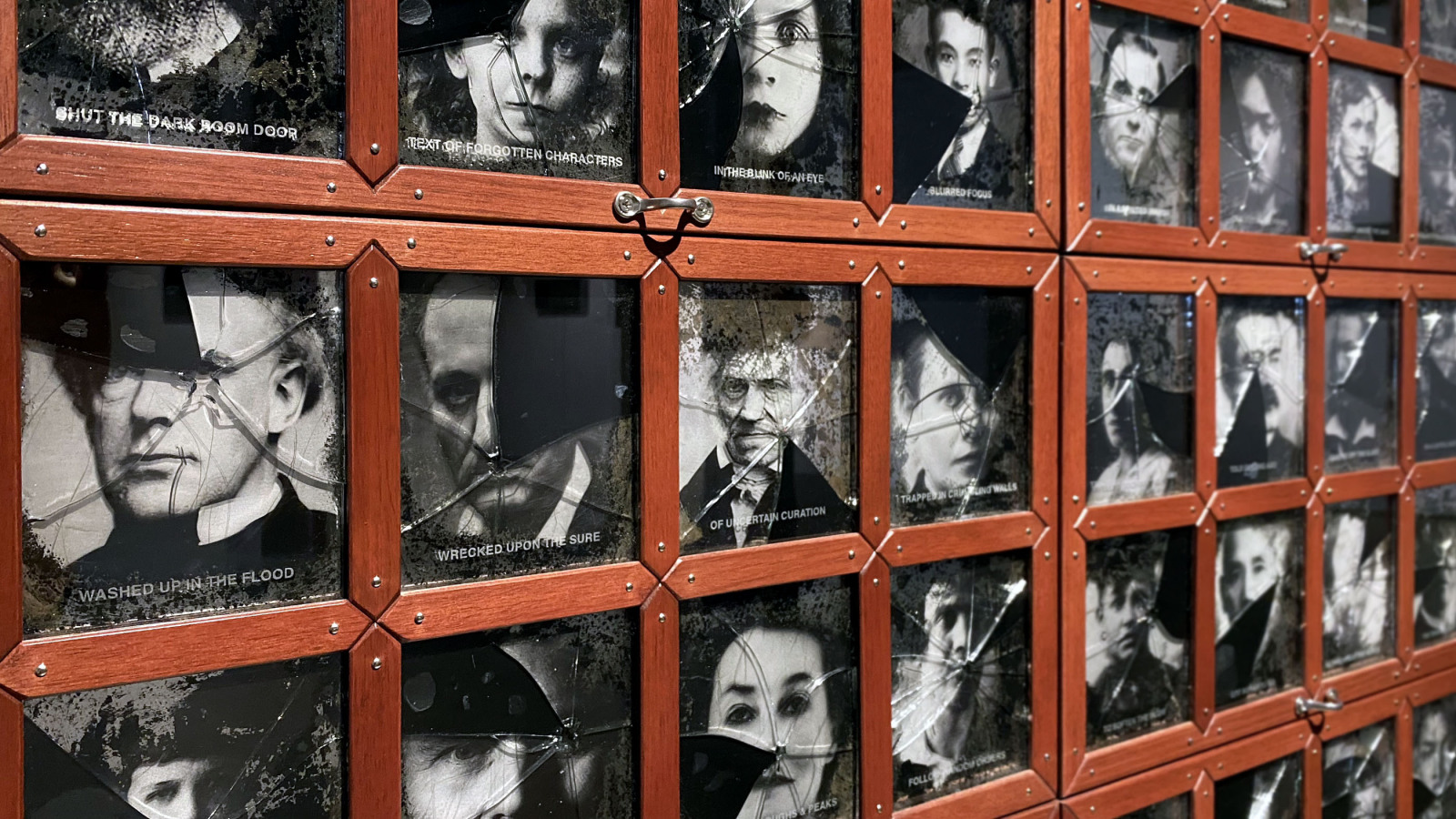
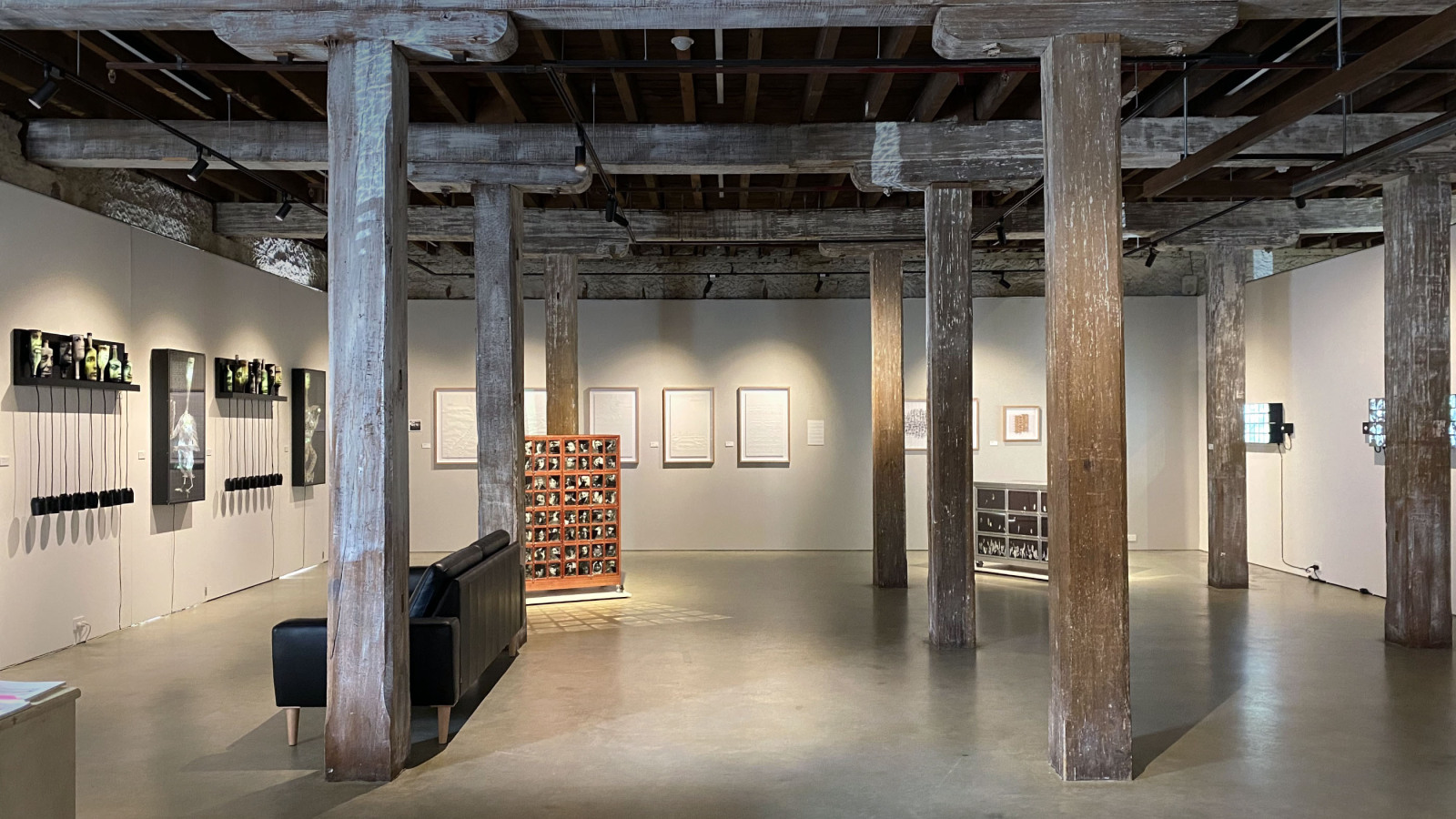
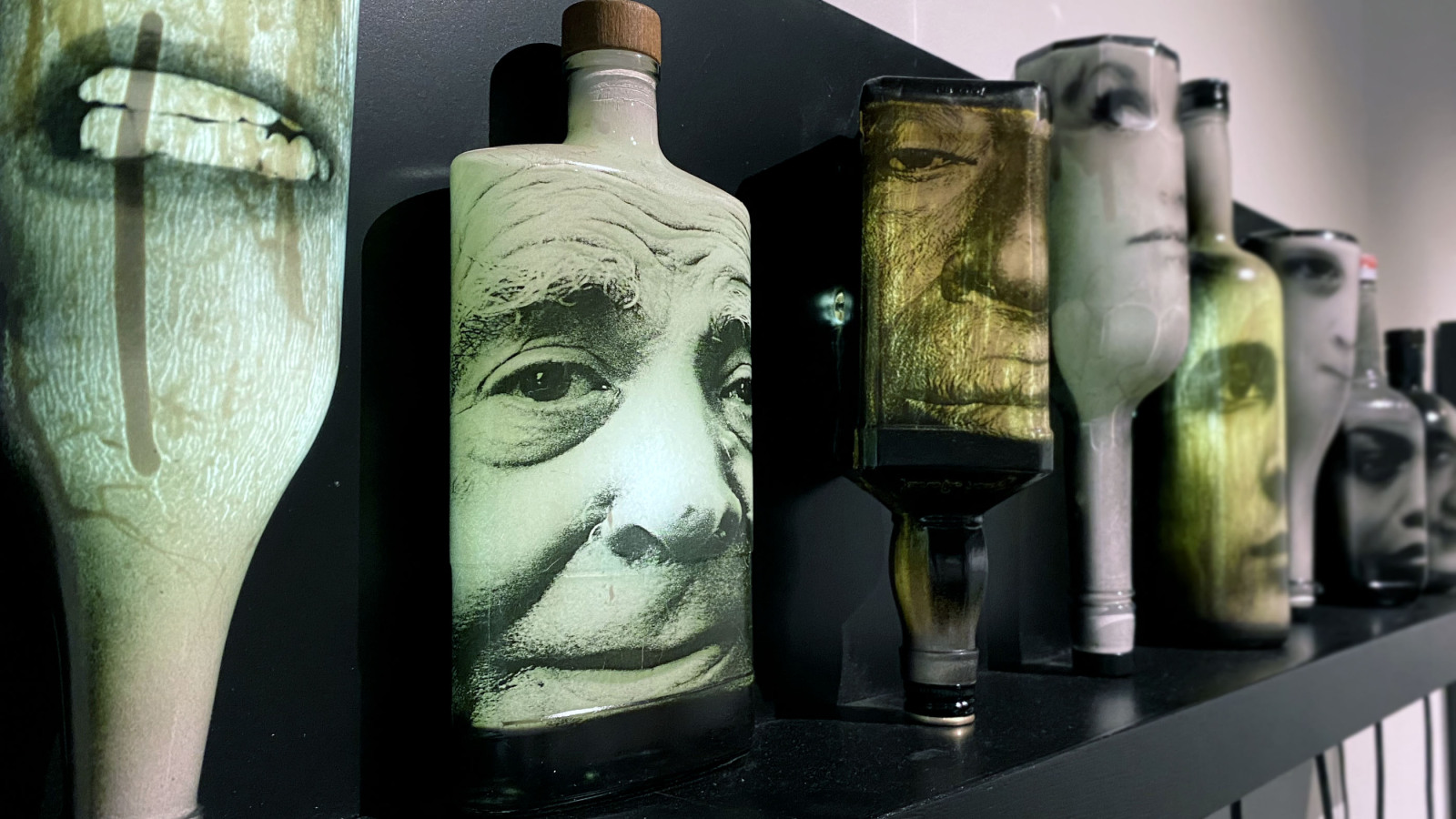
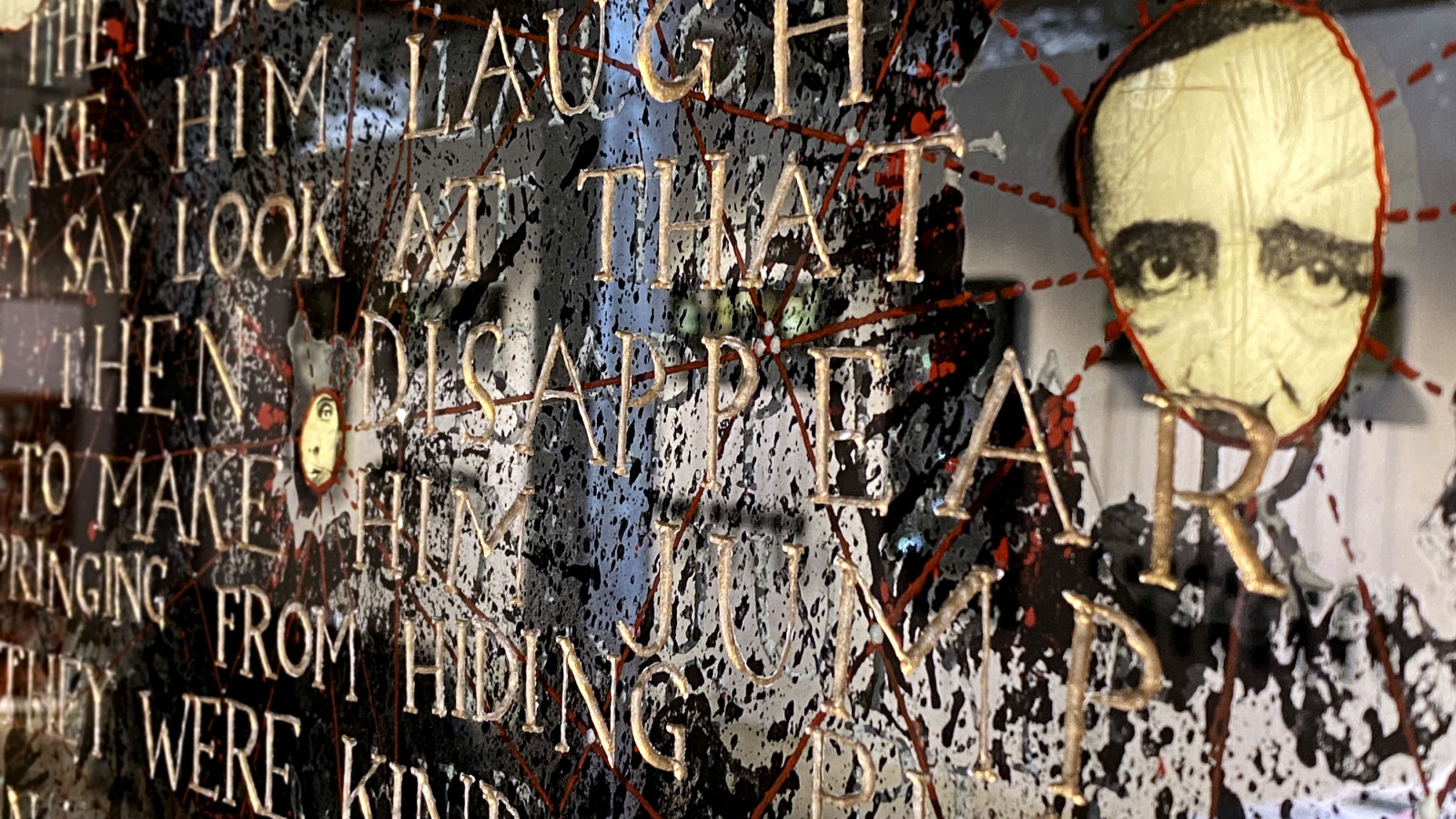
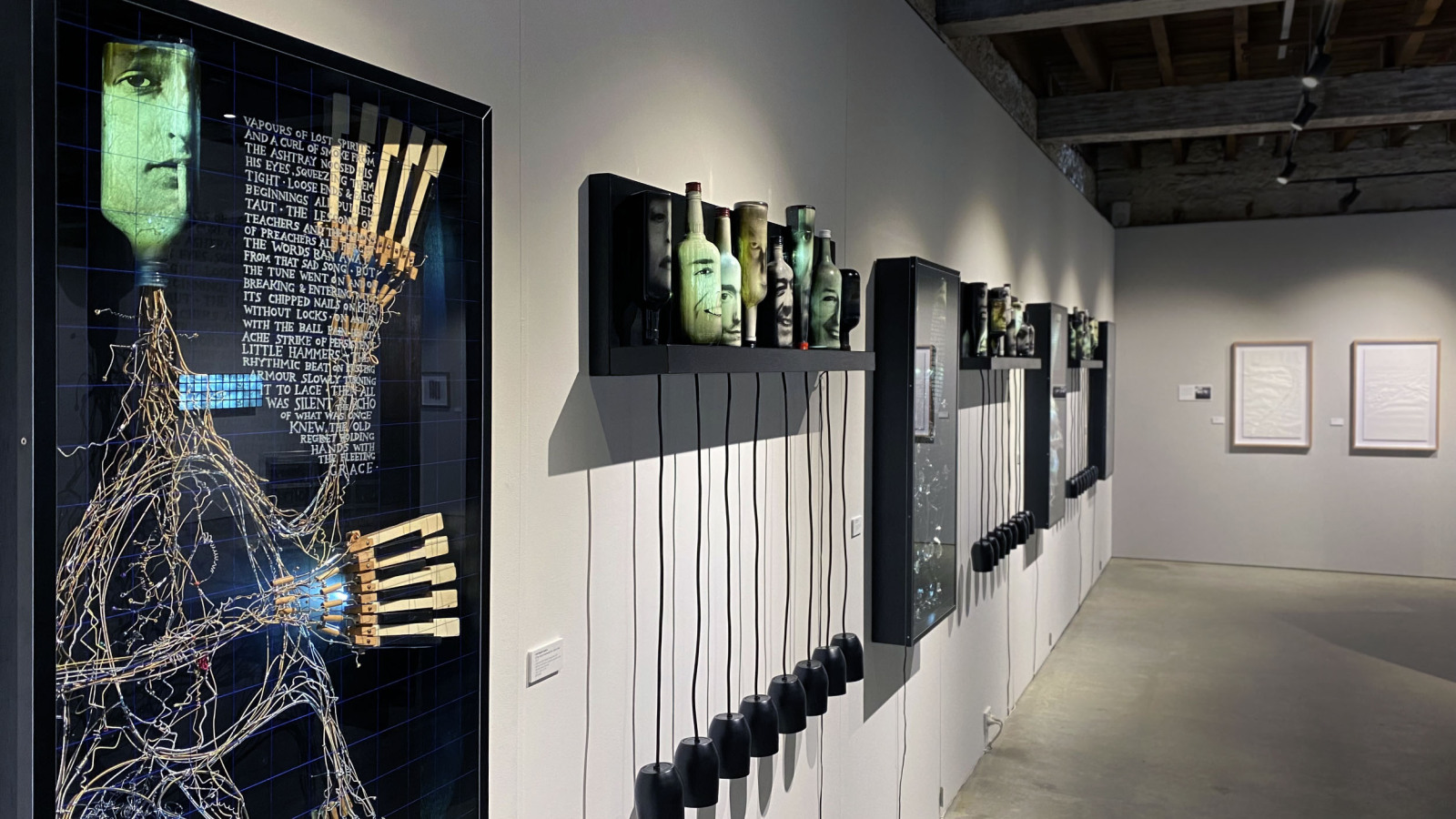
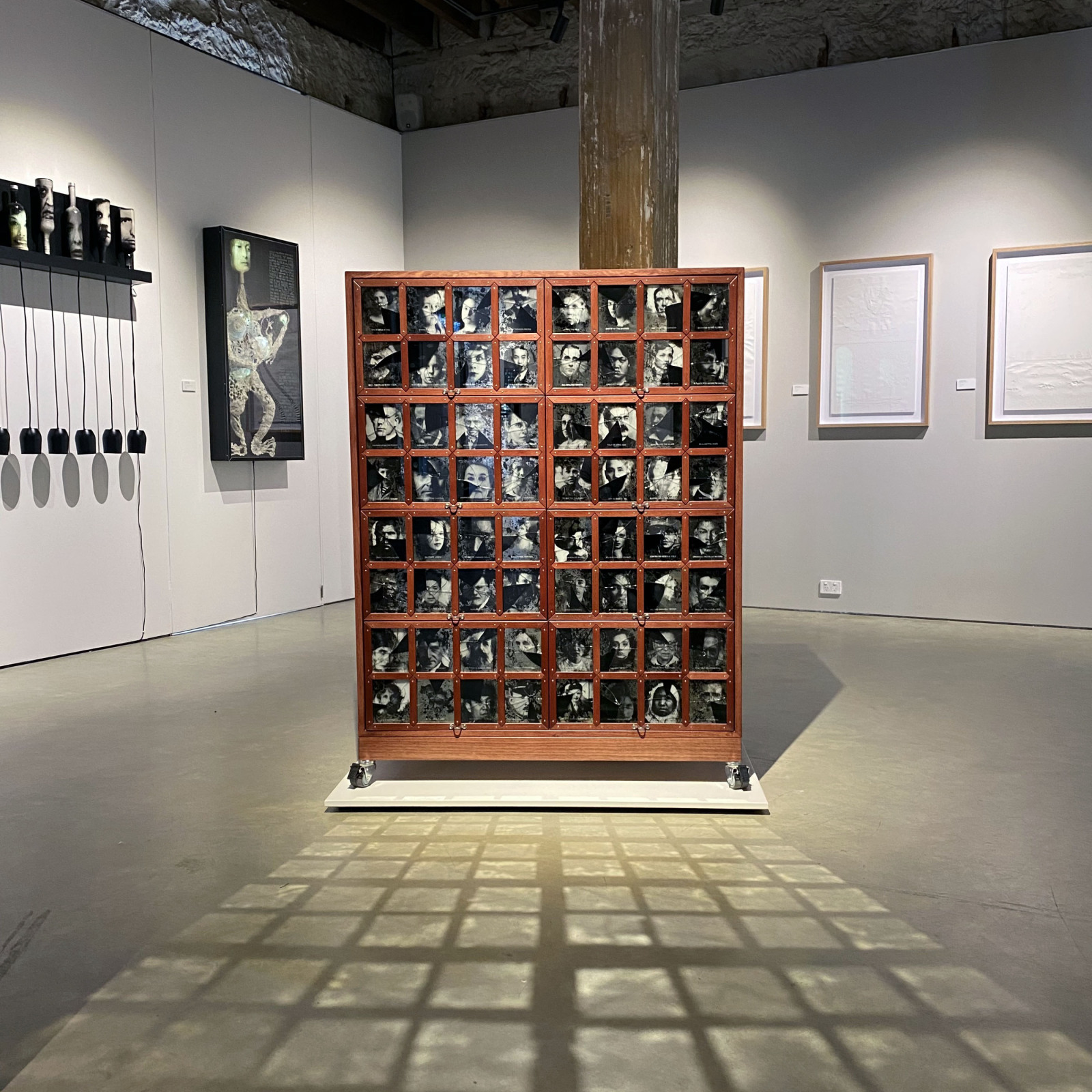
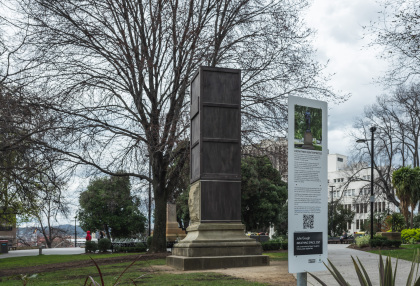
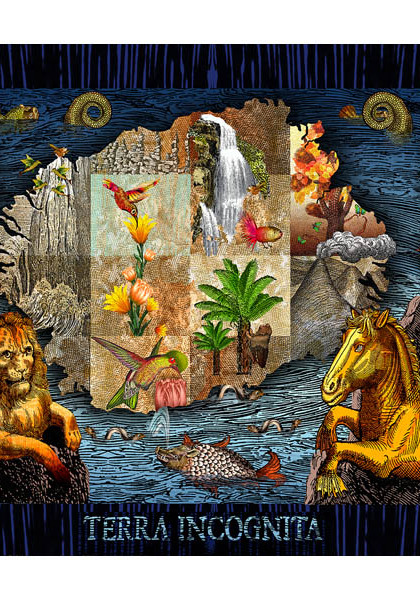
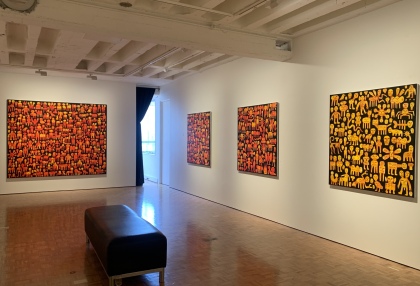
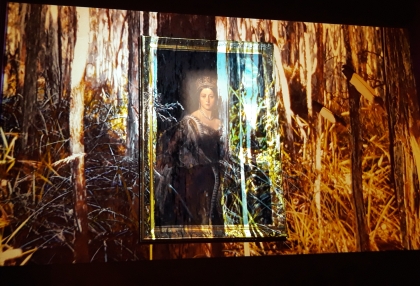

No Comments